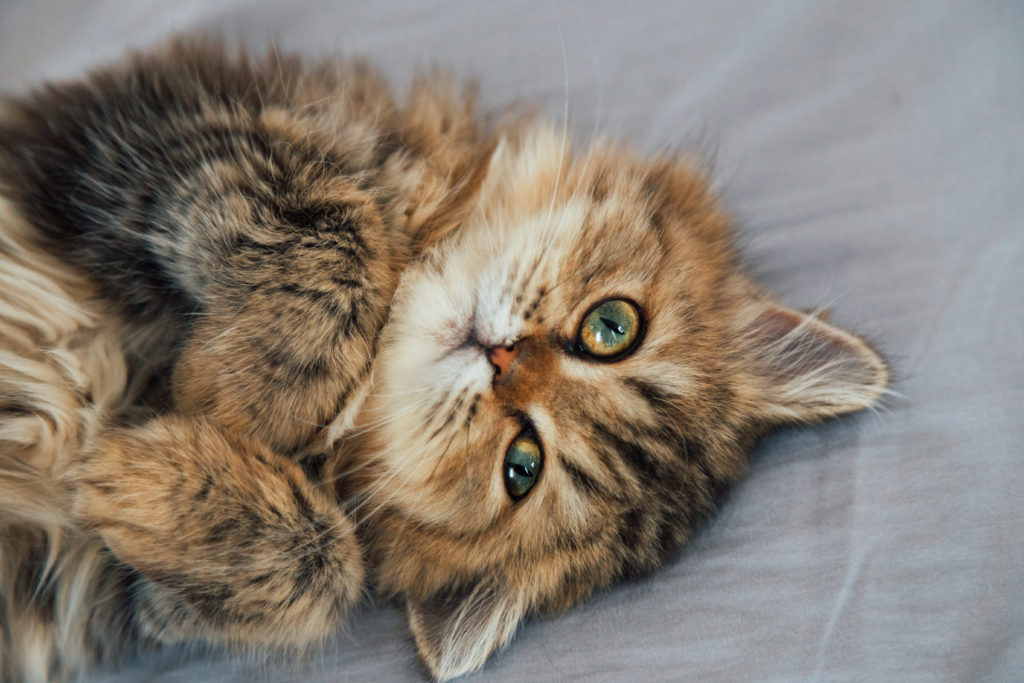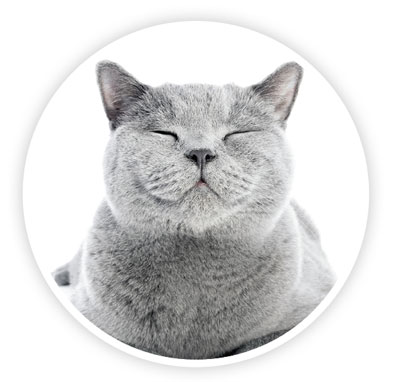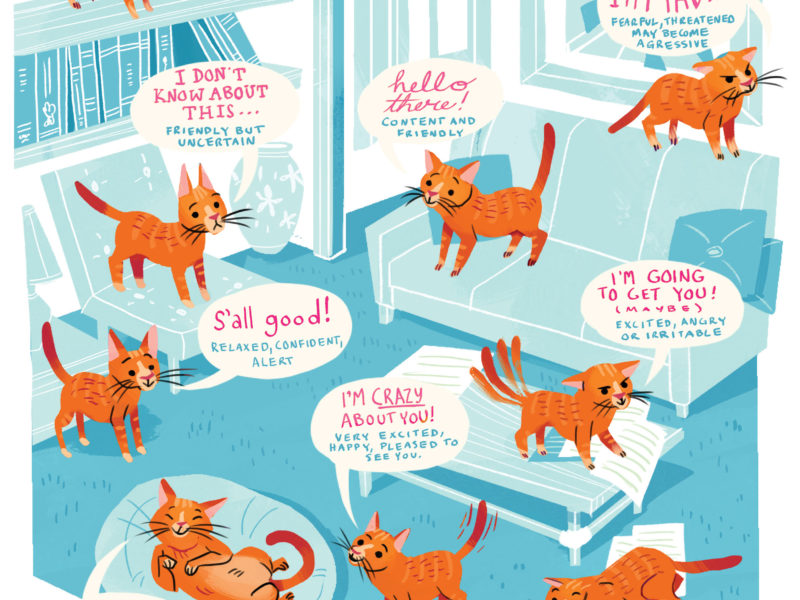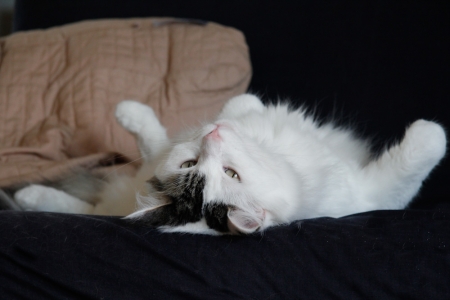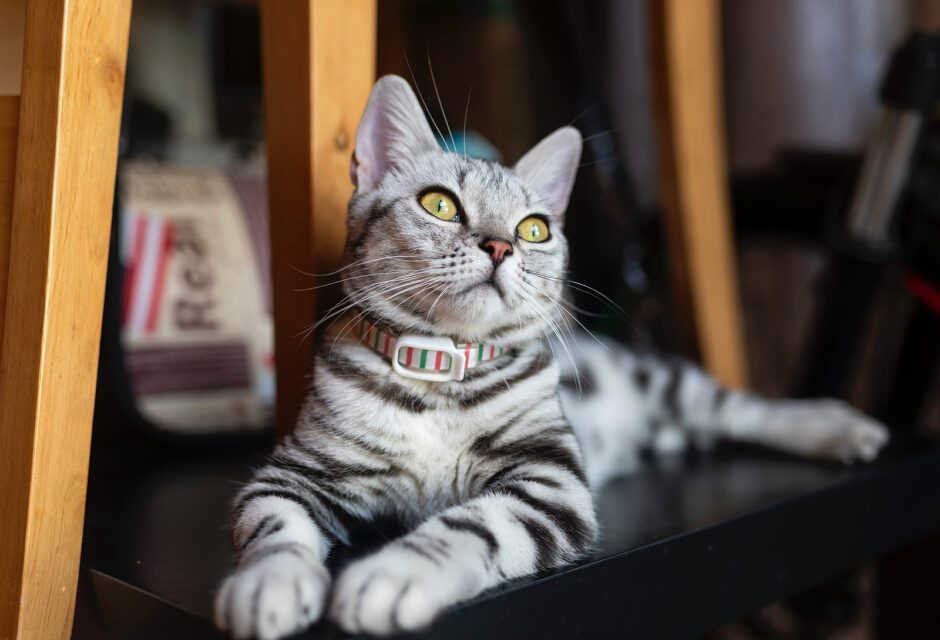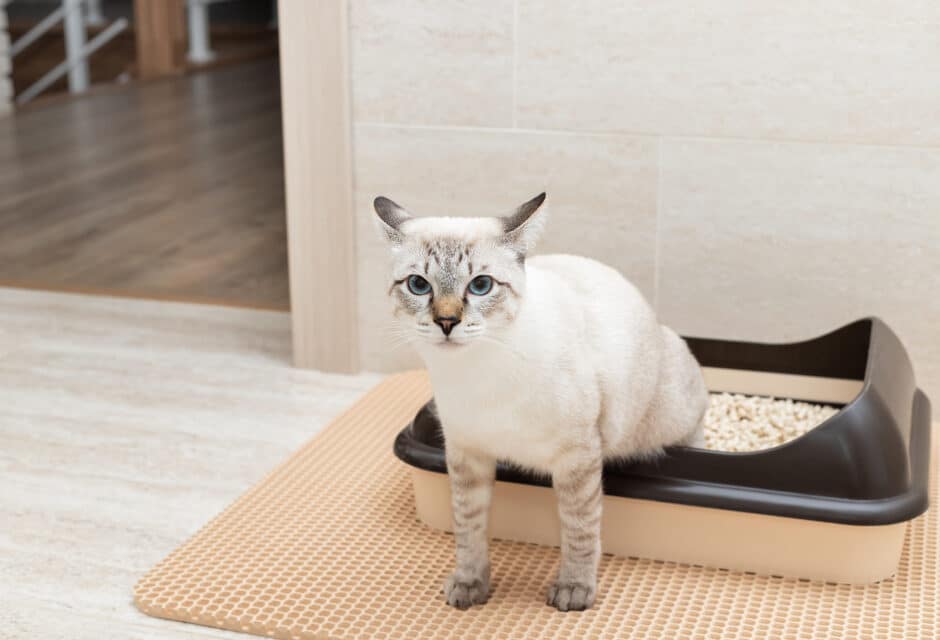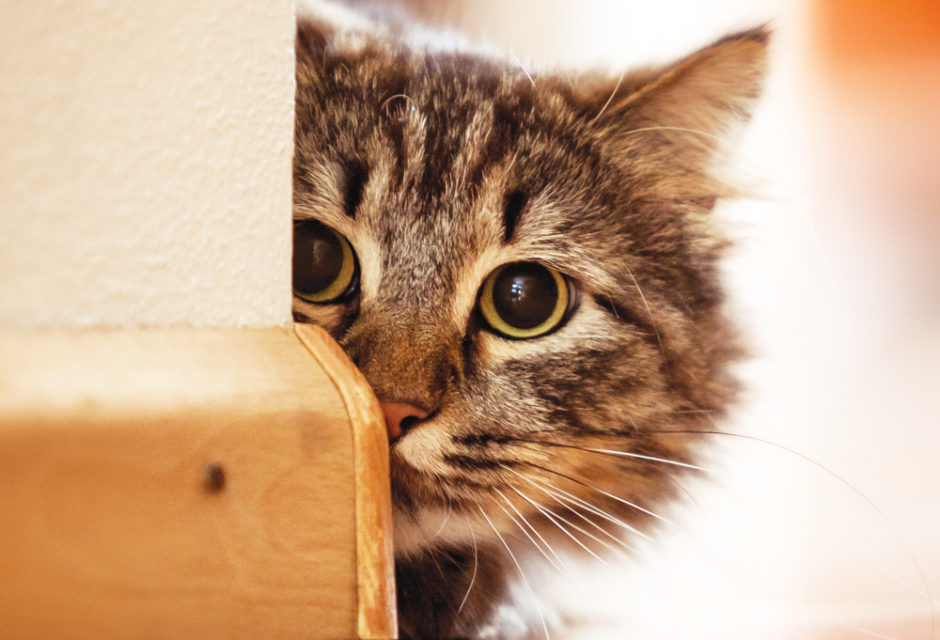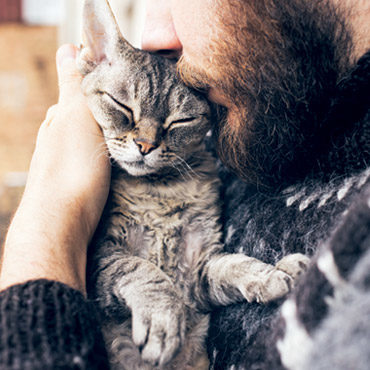
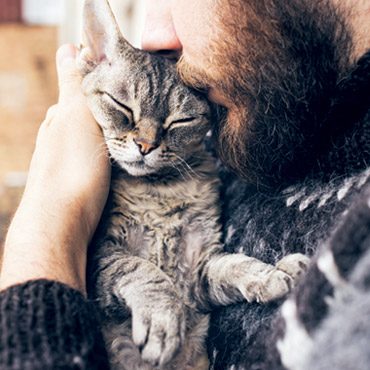
The Mystery of the Purr: Why Do Cats Purr and What Does It Mean?
There’s a lot going on in your cat’s purr—it's not all happiness and it might heal you
Purrrrrrrr. The sound alone instantly conjures images of a cat-warmed lap, but hidden between those vibrations are fascinating scientific facts, and even a little remaining mystery.
Why Cats Purr
Science has yet to be able to say with absolute certainty why cats purr, but the observation that cats purr when they’re happy, relaxed, and feeling good holds true. It’s also true, however, that cats purr when they are hungry, hurt, or scared.
While the purr itself happens during inhalation and exhalation, a cat’s purr begins in the brain. A message is sent to the laryngeal muscles that make up the vocal cords, causing them to twitch at a rate of 25 to 150 vibrations per second. These movements control how much air passes through the vocal cords, producing a purr.
What Causes Cats to Purr
The importance of the purr begins at birth. For newborn kittens, their mother’s purr is crucial to their very survival. Cats are born blind and deaf but can feel vibrations, which is where the purr comes in—it leads the babies to mom’s body for both nursing and warmth. When kittens find the teats, they do what is known as the milk tread, kneading to stimulate milk flow. Kittens purr in tandem with kneading, and this combo of behaviours, associated feelings of safety and being fed, carries into adulthood. Purring is one of the first things learned by kittens—they start purring at just two days old!
Purring continues into adulthood as a form of communication with both other cats and people. Many cats have learned how to use their purrs to manipulate their hapless owners to their advantage at mealtime. Domestic kitties can produce a plaintive cry similar in frequency to the cry of human babies and they mix this cry in with their purr. (Listen to cat sounds here.) This has the dual effect of both irritating their human and also appealing to their nurturing instinct, often resulting in the cat getting fed sooner. A study done by the University of Sussex named this cry-purr hybrid the “soliciting purr.” Clever cats!
It is also commonly held that cats not only purr out of contentment, but to self-soothe. The self-soothing purr can be compared to the ways that people sometimes soothe themselves in stressful situations through nervous laughter, tears, or other forms of distraction, like fidgeting.
Healing Properties of the Purr
Some researchers even contend that there may be actual healing properties associated with the frequency of a purr’s vibration. Vets have observed cats lying together and purring when one is under the weather, giving what looks like purr therapy. Experts in scientific and sports medicine have for years recognized that vibrations can cause healing and regeneration in bones, joints, muscles, tendons, and ligaments. High frequency vibrations increase production of the body’s natural anti-inflammatories, which reduces joint pain and swelling and repair muscles. Vibration therapy is also used to prevent bone loss by contracting and relaxing muscles to stimulate the production of osteoblasts, the cells that produce bone. Given that purrs vibrate at 25 to 150 hertz, which is within the range of frequency that aids in tissue regeneration and pain relief and increases bone density, purr therapy doesn’t seem like much of a stretch.
Researchers initially investigated the healing properties of purrs due to the observation that cats will purr when in labour, scared, and even right before death. Since the act of purring takes a lot of energy, there must be a reason that cats continue to do it when their bodies have shut down all non-essential activity due to pain or trauma. Researchers in the field of bioacoustics (the study of the frequency, pitch, volume and duration of animal sounds as they relate to behaviour) theorized that the purr must be of survival and evolutionary advantage.
The great news for cat owners is that these healing properties may work on us. The therapeutic effects from purring have been shown to lower blood pressure, stress, and problems associated with nerves and anxiety. The combination of stroking a cat and hearing/feeling the vibrations helps us to relax. Incredibly, a 10-year study at the University of Minnesota Stroke Center found that cat owners were a whopping 40 percent less likely to have heart attacks than non-cat owners. Time for a purr-inducing cuddle session!
>>Make sure to keep the purrs coming by keeping kitty in top-notch health with these Modern Cat-approved health and wellness-enhancing products!
Join the newsletter and never miss out on cat content again!
"*" indicates required fields
By clicking the arrow, you agree to our web Terms of Use and Privacy & Cookie Policy. Easy unsubscribe links are provided in every email.





